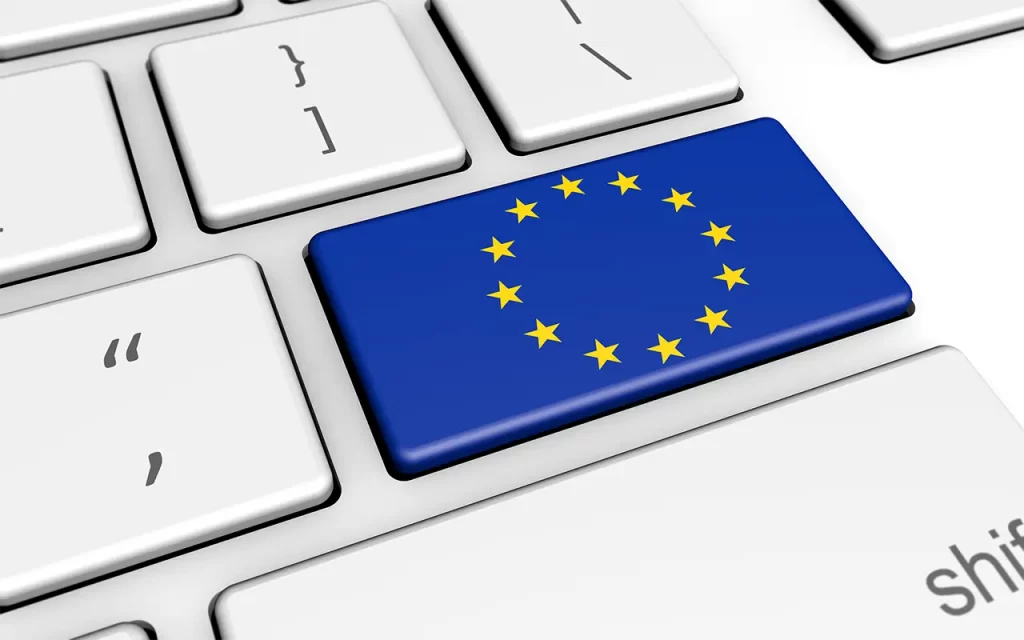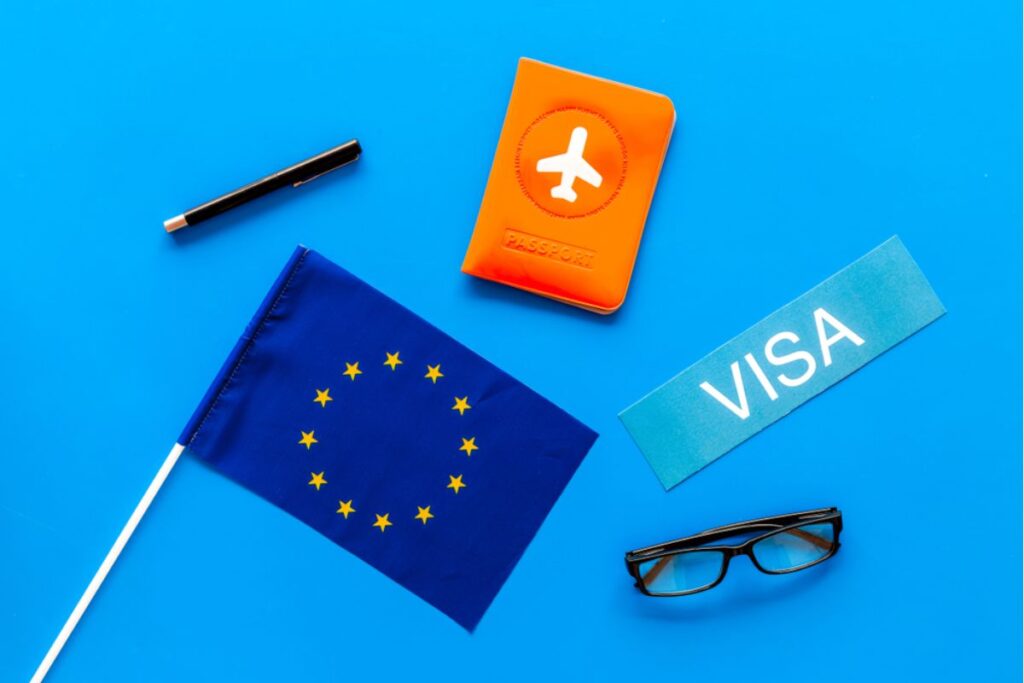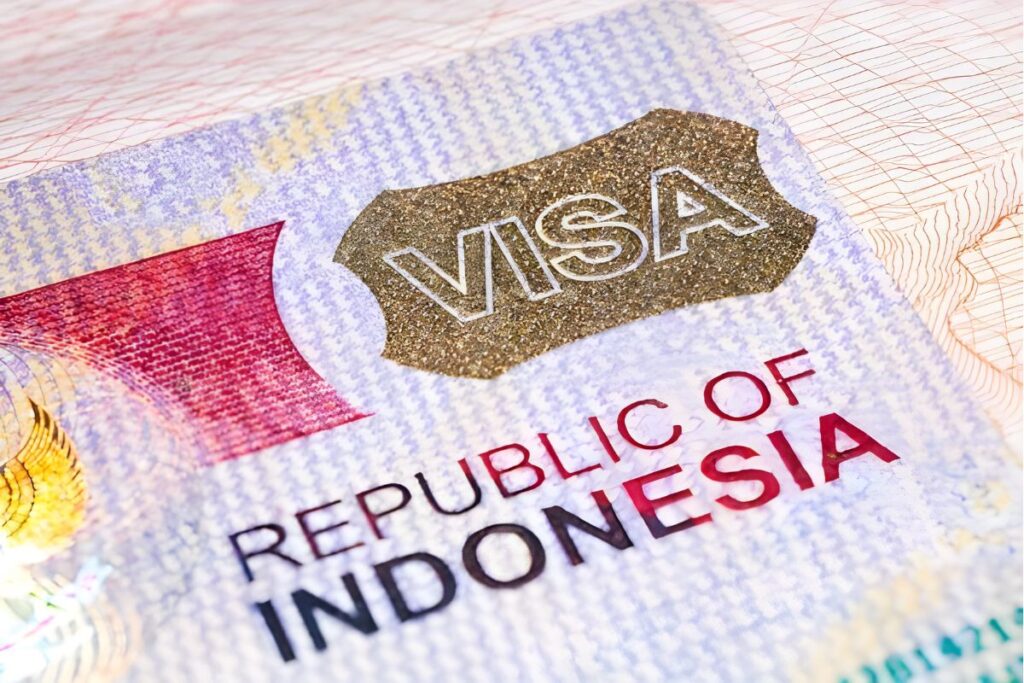
A Closer Look at the Digitalized Schengen Visas
In a significant stride towards the future of international travel, the recent adoption of new visa rules by the Council promises a game-changing transformation in the Schengen visa application process. Although immediate implementation is not on the horizon, the forthcoming years will witness the roll-out of a groundbreaking online application system, reshaping how travellers access Schengen visas.
Commencing on a path of modernization, travellers planning to visit the Schengen area will soon find the visa application process at their fingertips. The adoption of new visa rules lays the foundation for an intuitive online platform that aims to simplify and secure the application process, marking a departure from the traditional sticker-based visas.
The envisioned digital visa system promises heightened security, addressing vulnerabilities associated with physical visa stickers. The shift towards a crypto graphically signed barcode replaces the conventional sticker, reducing the risks of falsification, fraud, and theft. This technological upgrade is poised to offer a more secure and robust mechanism for safeguarding travellers’ information.
Despite the online application convenience, certain aspects will still require a physical presence. Applicants will need to visit the Consulate to enroll or renew their biometric data every five years or when applying with a new travel document. This hybrid approach balances the efficiency of digital processes with the necessity of ensuring the accuracy of biometric information.
The digitalization of Schengen visas is not only about convenience but also about cost-efficiency and harmonization. The new rules aim to modernize and harmonize visa procedures, benefitting both applicants and EU Member States. By digitizing the application process, costs for both parties are expected to decrease, and the risk of physical visa stickers, despite recent security enhancements, will be significantly mitigated.



